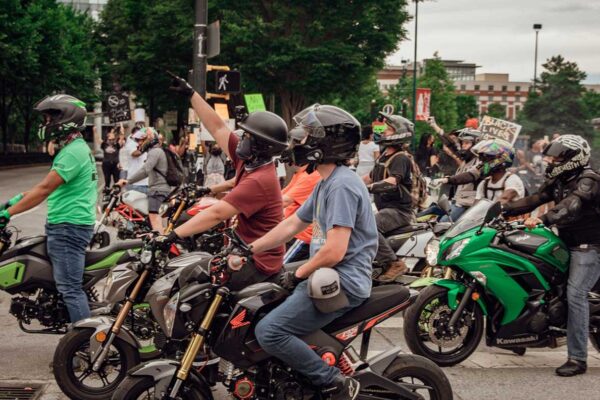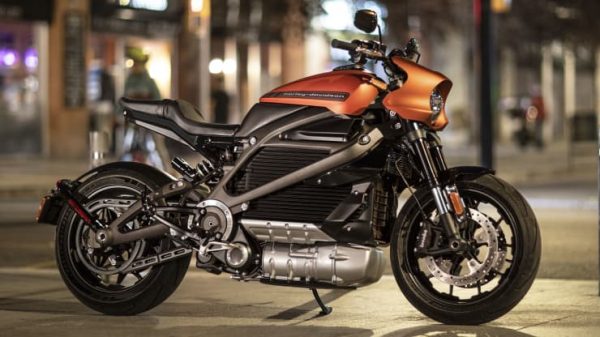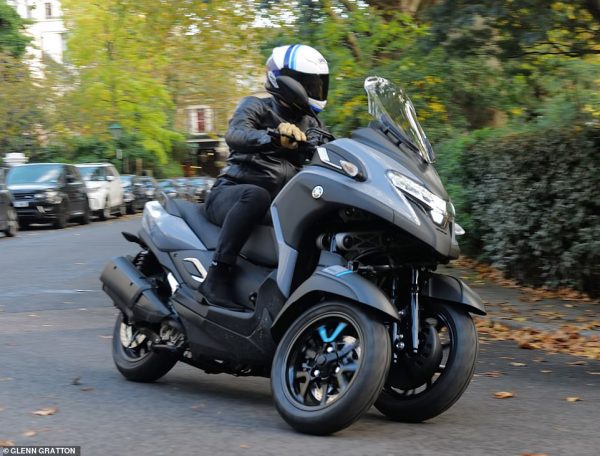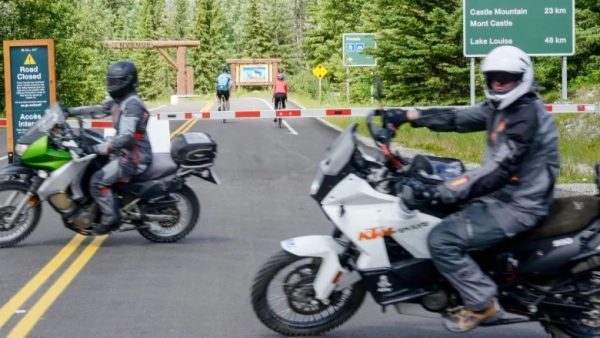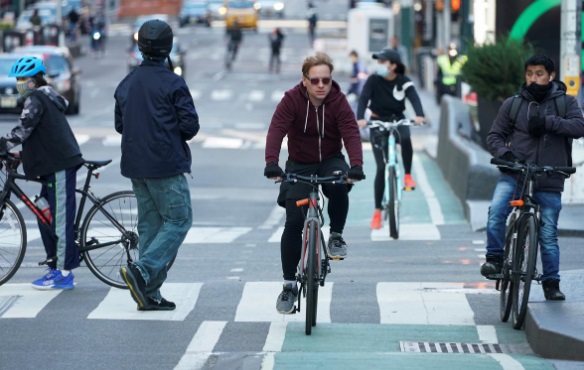How The Pandemic Has Kick-Started a Motorcycle Boom
by Emila Smith It is hard to think about silver linings amidst a devastating pandemic. However, despite the crumbling health systems and faltering businesses, many people have found ways to keep their heads up. They are taking this as an opportunity to enjoy a COVID-triggered breath of fresh air. The pandemic has kick-started a global motorcycle boom. More people are turning to their two-wheelers to break away from the stress and fears, enjoy the outdoors, and ease movement. According to a Bloomberg report, motorcycle industry leaders are optimistic. Eric Pritchard of the Motorcycle Industry Council looked forward to the best run since 2016. Like tech-based companies, motorcycle companies look forward to explosive growth during this COVID-19 season. But what are the reasons behind this motorcycle boom? As the experts at McKinsey would say, “The pandemic reshaped what consumers buy and how they go about getting it.” Previously, motorcycle sales were low because people considered it a risky affair. Bike riders had a disproportionately high number of accidents, and people were grey concerning handling injury and claims. But it looks like the tide is turning. The pandemic has somehow caused a shift in how people perceive motorcycling. It is no longer a stressful, hair-raising activity, but one pursued its health benefits. Read on and learn how wellness-craving buyers are causing a motorcycle boom. A COVID-Triggered Breath of Life Before the pandemic, dark clouds were hanging over the motorcycle industry in the US. There were not enough new buyers to replace those who were giving up their two-wheelers. According to Statista.com, sales peaked in 2015 when industry sales stood at about 500,000 units. But the figures plummeted in subsequent years. Motorcycle companies like Harley Davidson were on the deathbed for a long time. But then COVID-19 happened. Lockdowns, social distancing, and other […]
How The Pandemic Has Kick-Started a Motorcycle Boom Read More »

